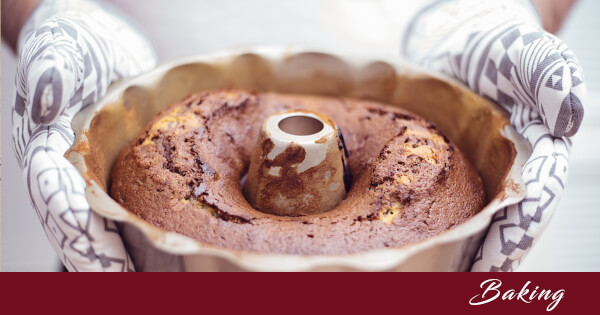October 1 is National Homemade Cookies Day. Who doesn’t love fresh-from-the-oven homemade cookies?
The Cookie
According to Dictionary.com a cookie is a small, usually round and flat cake, the size of an individual portion, made from stiff, sweetened dough, and baked. Another definition explains that it’s round and flat and having a crisp or chewy texture.
Cookie History
If you’re wondering why a cookie is defined as a small, round, and flat cake, it’s because that’s how it started. Not having the luxury of today’s ovens, where we set the temperature and wait for it to beep when the correct temperature is reached, cooks of yesteryear had to guess when the temperature was right. (Although, for experienced cooks who knew their ovens, there wasn’t as much guesswork involved as you might think.)
In the seventh century, Persian (today’s Iran) cooks checked their oven’s temperature by first cooking small amounts of cake batter dropped on pans. These small test cakes are believed to be the beginning of today’s cookie.
As the use of sugar swept around the world, so, too, did these small cakes. They were especially popular because they baked faster than a full-sized cake and were easier to carry when traveling.
Did You Know…
- Shortbread cookies, made with butter, sugar, and flour, originated in Scotland in the twelfth century. Mary, Queen of Scots is credited with making them popular in the sixteenth century.
- Homemade cookies were common in Europe and England by the fourteenth century, and various types of homemade cookie recipes filled Renaissance cookbooks.
- Gingerbread cookies were one of the most popular early cookies because they were inexpensive and easy to make.
- English women used to eat men-shaped gingerbread cookies to improve their chance of finding a man to marry.
- The baking profession was carefully controlled in Europe, during the 1600 and 1700s. It required years of apprenticeship, working up the ranks to journeyman and finally master baker.
Cookies in the U.S.
In the 1600s, English and Dutch immigrants introduced North America to cookies. While the English called them biscuits, the Dutch called them koekjes, a diminutive of koek (cake). By the early 1700s, koekjes in North America had become cookie or cookey.
In the U.S., new cookie recipes spread with the expansion of the railroads in the 1800s. Cooks across the country now had new ingredients—like coconuts from the South and oranges from the West—to use. Although there are hundreds of homemade cookie recipes, the hands-down favorite in the U.S. is the Chocolate Chip Cookie, created in the 1930s. (Read about it in DYK It’s Only A Myth This Cookie’s Creation Was A Happy Accident.)
Did You Know…
- After the American Revolution, people visiting New York City (the nation’s first capitol) from other parts of the new country were introduced to the cookie, and the word quickly spread.
- Americans chose to call the little cake a cookie rather than a biscuit, like the English, because of their early Dutch heritage and because, after the American Revolution, people tended to separate themselves from all things English.
- In early U.S. cookbooks, cookies didn’t have their own chapter, but were found at the end of the cake chapter.
- Early U.S. cookies had whimsical, though perplexing, names like Jumbles, Plukets, and Cry Babies. New England cooks loved giving their foods odd names simply for the fun of saying them.
Cookie Trivia
The cookie may be small but it’s mighty. It comes in thousands of flavors, sizes, and shapes, and can be soft or crisp, thin or thick. The treat, once only available in home kitchens, can now be purchased practically anywhere. And while mass-produced cookies will do in a pinch, there’s still nothing better than a homemade cookie straight from your oven.
Did You Know…
- The world’s largest homemade cookie, baked in 2003 in Flat Rock, N.C., was over 100 feet wide and weighed more than 400,000 pounds.
- Sesame Street’s Cookie Monster eats rice cakes painted to look like chocolate chip cookies. Why? Because rice cakes are inexpensive, crumble perfectly, and slide down the monster’s mouth to land harmlessly on his puppeteer’s head. Real chocolate chip cookies are messy and greasy, and constantly cleaning (or replacing) the Cookie Monster Muppet would be expensive.
Bonus Cookie Recipe
One of my family’s favorite cookie recipes is from a basic Drop Cookies/Crinkles recipe in the 1954 Betty Crocker’s Good and Easy Cookbook. Mom tweaked the original recipe and called them “Cake Mix Cookies.” I tweaked it a little more and called them “Christmas Cake Mix Cookies.” Click here for the recipe. Enjoy.

